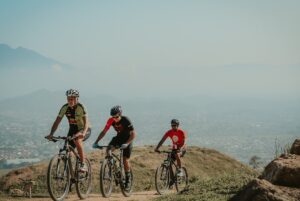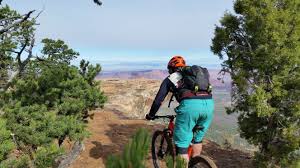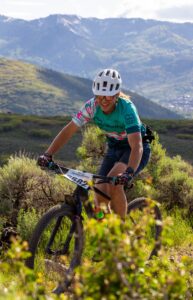Key Takeaways
-
Hardtail mountain bikes are ideal for seniors due to their lighter weight and simpler maintenance.
-
Trek offers a variety of hardtail models, each suited to different riding styles and preferences.
-
Key factors to consider include frame material, gearing, suspension, wheel size, and brake type.
-
The Trek Marlin and X-Caliber are excellent choices for those seeking versatility and speed on the trails.
-
Proper bike fit, pedaling technique, and pre-ride checks are essential for a safe and enjoyable experience.
Kickstarting Your Trail Adventures with Trek Hardtails
Are you ready to dive into the world of mountain biking? There’s something truly invigorating about taking on the trails, feeling the wind rush past, and conquering the rugged terrain. And for those of us who’ve racked up a few more birthdays, the right bike can make all the difference. Let’s talk about Trek hardtails, a type of mountain bike that combines durability, ease of use, and pure fun.
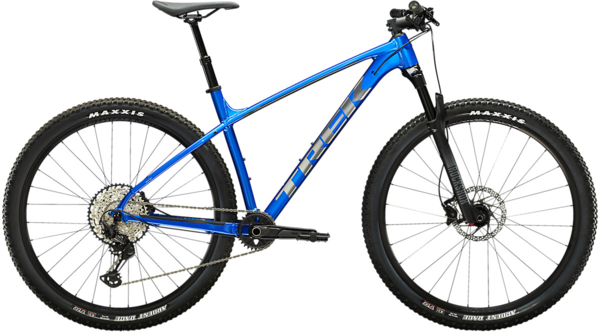
Why Hardtails Are a Hit Among Senior Riders
As we age, we look for hobbies that keep us active, engaged, and connected to the outdoors. Mountain biking ticks all those boxes, and hardtail bikes are especially appealing. They’re lighter than their full-suspension counterparts, which means less effort to pedal uphill. Plus, their simplicity translates to less maintenance, and let’s be honest, we’d rather spend our time riding than fixing.
Different Strokes: Which Trek Hardtail Suits You?
Choosing a hardtail is like picking the right pair of hiking boots; it needs to fit your adventure. Trek has a lineup that caters to various preferences, whether you’re looking for something to handle smooth singletracks or more challenging rocky paths. It’s all about finding the one that feels right for you.
Features That Make or Break Your Ride
Before you hit the trails, let’s talk shop for a moment. There are a few key features on a hardtail bike that can really impact your ride. Understanding these will help you pick the perfect steed for your adventures.
Frame Materials – Aluminium vs. Carbon
Frames are the backbone of your bike, and they come in mainly two flavors: aluminum and carbon. Aluminum frames are sturdy, generally less expensive, and have a bit of flex for comfort on bumpy rides. Carbon, on the other hand, is lighter and stiffer, offering better power transfer. Think of it as the difference between a sturdy hiking boot and a lightweight trail runner.
Gearing Systems for Varied Terrain
Gearing can make or break your climb up a steep hill. Trek hardtails typically come with a range of gears to help you tackle different slopes. Remember, it’s not just about the number of gears but the range – having a low enough gear for climbing and a high enough gear for speed.
-
Look for a bike with a wide range of gears if you plan on varied terrain.
-
Consider a bike with fewer gears if you’re sticking to flatter trails for easier maintenance.
For instance, Trek’s Marlin series offers a 2×8 setup, giving you 16 gears to play with. That’s plenty for most trails and riders.
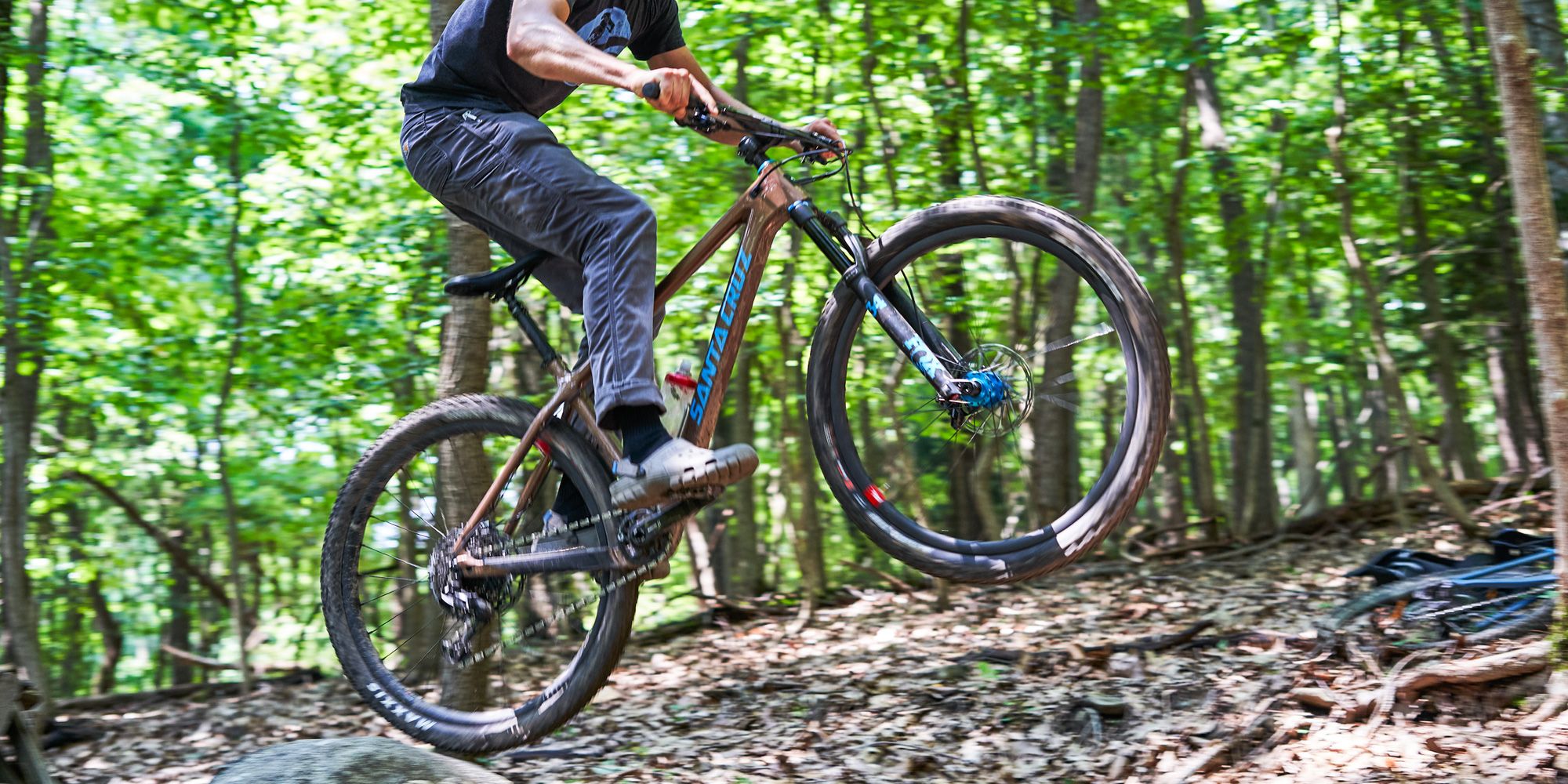
Suspension Forks – Comfort on the Trails
The suspension fork on your hardtail is your first line of defense against rough terrain. It absorbs the bumps and keeps your ride smooth. When choosing your Trek hardtail, pay attention to the suspension travel – that’s how much the forks can compress. More travel means more cushioning on rough trails, but it also adds weight. It’s all about finding the sweet spot for your comfort and the trails you’ll tackle.
Wheel Size – 26″, 27.5″, or 29″?
Wheel size affects maneuverability and obstacle rollover. Smaller wheels (26″) turn quickly, while larger wheels (29″) roll over obstacles more easily. There’s also the middle option (27.5″), which offers a balance of agility and rollover capability.
Most importantly, choose a wheel size that complements your riding style and comfort. For example, Trek’s Roscoe model rolls on 27.5+ tires, offering extra grip and stability – perfect for those looking for confidence on the trails.
Brake Types – Safety First
Let’s talk brakes. They’re your best friend when you need to stop quickly. Trek hardtails come with two main types: rim brakes and disc brakes. Rim brakes are lighter and simpler, but disc brakes offer better stopping power, especially in wet or muddy conditions. Think of disc brakes like anti-lock brakes for your car – they give you control when you need it most.
Now that we’ve covered the essentials, let’s dive into some specific models that are great for senior riders. In the next section, we’ll look at the Trek Marlin, X-Caliber, and a few other models that might just be your next trail companion.
When you’re scouting for a hardtail that’s as versatile as your trail dreams, the Trek Marlin stands out. It’s the kind of bike that’s up for anything, from your first foray into the forest to those long, lazy Sunday rides. The Marlin’s geometry strikes a comfortable balance between aggressive and relaxed, so you can take it easy or amp up the pace, depending on your mood.
1. Trek Marlin: The All-Rounder Trail Companion
The Marlin series is a fantastic starting point for seniors. It’s friendly on the wallet and built to handle a variety of trails. With a lightweight aluminum frame and a suspension fork that’s just right for smoothing out the bumps, the Marlin ensures your ride is comfortable without compromising on performance. The series offers several models, each equipped with reliable Shimano components, so you can find the perfect match for your trail ambitions.
2. Trek X-Caliber: Speed and Precision
If you’ve got a need for speed and precision, the Trek X-Caliber will not disappoint. It’s a step up from the Marlin, designed for those who like to push their limits a bit more. The X-Caliber’s frame is also aluminum, but it’s built with faster, more challenging rides in mind. Its gearing is tailored for efficiency and speed, making it a prime choice for riders looking to cover ground quickly or even dabble in racing.
3. Trek Procaliber: The Race-Ready Steed
Now, for those who have the trails running through their veins, the Trek Procaliber is the race-ready steed that’ll take you to the podium. It’s the crème de la crème of hardtails with its carbon frame that’s both ultra-lightweight and incredibly strong. The Procaliber boasts Trek’s exclusive IsoSpeed decoupler, which adds a level of comfort rarely found in race bikes. This is the bike that answers the call of competition without compromising on comfort.
4. Trek Roscoe: Comfort Meets Ruggedness
For the rider who values comfort just as much as ruggedness, the Trek Roscoe steps up to the plate. It’s the hardtail that looks the rough trails in the eye and says, “Let’s dance.” With plus-sized tires that grip the earth like roots, the Roscoe offers stability and confidence for those who may be wary of slippery slopes or loose gravel. Its friendly geometry and cushioning make it a joy to ride, whether you’re cruising or crunching over rocks.
The Roscoe’s 1x drivetrain simplifies shifting and cuts down on maintenance, which is a godsend when you’d rather spend your time exploring than tinkering.
5. Trek Stache: Fun on Every Ride
Last but certainly not least, the Trek Stache is the wildcard that brings fun on every ride. This bike redefines what a hardtail can do. Its innovative design and mid-fat tires make it a monster on the trail, capable of rolling over almost anything and doing it with a playful attitude. The Stache is for those who never grew out of that childlike joy of riding a bike, offering a ride that’s as fun as it is functional.
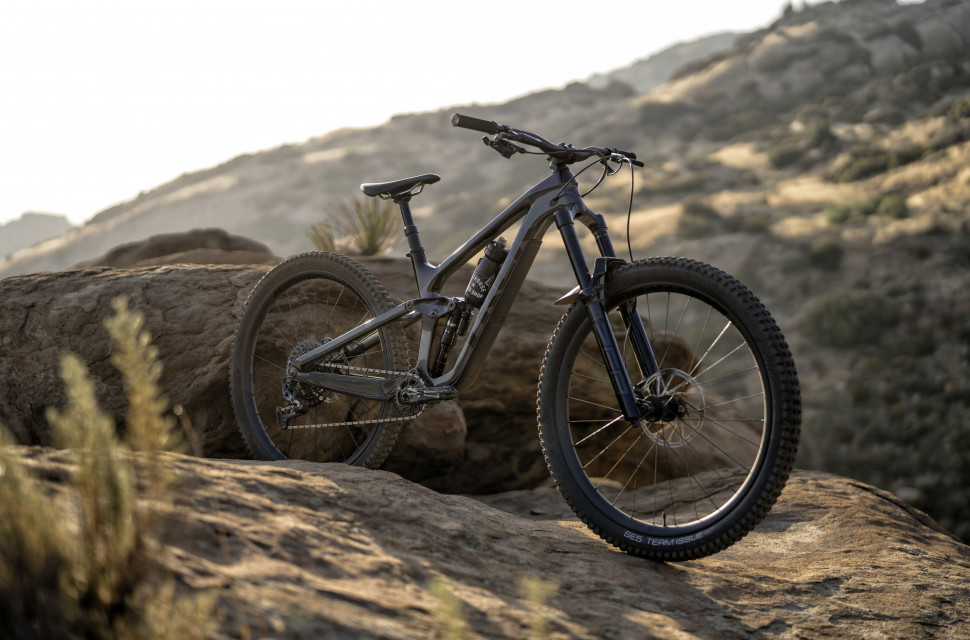
Guiding Gears: Tips for Smooth Sailing on Trails
Now, having the right bike is just part of the journey. How you ride it makes a world of difference, especially on the varied terrain of mountain trails. Here are some tips to help you glide along the trails with the grace of a deer and the sure-footedness of a mountain goat.
Getting the Perfect Fit: Bike Sizing and Ergonomics
First and foremost, ensuring your bike fits you is crucial. A bike that’s too large or too small can lead to discomfort and even injury. When looking at Trek’s sizing, consider not only your height but your inseam length and reach. A proper fit means better control, less fatigue, and more enjoyment.
Besides that, ergonomics play a big role. The handlebar height, seat position, and pedal alignment should all be adjusted to your body. This customization can make a long ride feel like a short jaunt.
Maintaining Momentum: Efficient Pedaling Techniques
Efficient pedaling means less work for more speed. It’s all about finding a rhythm and using gears to your advantage. Shift up as the terrain allows to maintain a steady cadence, and shift down when approaching hills to keep your legs from burning out. Remember, smooth, consistent circles are the key to pedal efficiency.
Mastering Terrain: Handling Tips for Stability and Control
Handling your bike with finesse comes with practice, but here are a few pointers to get you started. For more detailed guidance, check out these skill progression tips for senior MTB riders.
-
Keep your body loose. Tension is a trail rider’s enemy.
-
Look where you want to go, not at the obstacles you’re trying to avoid.
-
Use your body to steer, not just your handlebars. Lean into turns.
-
Brake before you hit a turn, not in it. This helps maintain traction.
These tips are just the beginning. The more you ride, the more you’ll learn the quirks of your bike and how to handle them. Now, let’s talk about staying safe on the trails, because nothing ends a ride faster than an unexpected spill.
Staying on top of your game means being prepared for anything the trail throws at you. That’s why it’s essential to understand how to navigate through natural hazards that you might encounter on your rides. Leaves, roots, and rocky paths can be tricky, but with the right approach, they’re just another part of the adventure.
Navigating Natural Hazards: Leaves, Roots, and Rocky Paths
Leaves may seem harmless, but a thick layer can hide obstacles or make the trail slippery. It’s best to slow down and maintain control when riding over them. Roots can be jarring and cause your bike to bounce. Approach them at a perpendicular angle when possible, and use your legs as shock absorbers. Rocky paths require you to keep your speed consistent and your eyes ahead, choosing the line that looks the most rideable. And remember, confidence is key – hesitate, and the trail wins.
Under Pressure: Keeping Tires Trail-Ready
Your tires are your contact point with the earth, so keeping them in top condition is vital. Check the pressure before every ride – too low, and you risk a flat; too high, and you’ll have less traction. The right pressure can vary depending on the terrain and weather, but a good rule of thumb for hardtail mountain bikes is between 25 to 35 PSI.
Also, inspect your tires for wear and tear. Look for any cuts, bulges, or bald spots. If you find any, it might be time for a new set of tires. Don’t forget to check your spare tube and patch kit too; they’re no good to you if they’re not ready when you need them.
It’s also worth considering the type of tire for the trails you’ll be riding. Trek hardtails come with a range of tire options, each suited to different conditions. The Marlin, for example, has versatile tires that are great for a mix of on- and off-road riding, while the Roscoe’s plus-sized tires offer more grip and stability on rough terrain.
Pre-Ride Checks: A Habit for Longevity
Before you set out, a quick pre-ride check can save you a lot of trouble down the line. Here’s a fast, easy routine to make sure your bike is trail-ready:
-
Check the brakes. Squeeze them to ensure they’re engaging properly.
-
Inspect the chain. Look for rust or stiff links, and make sure it’s properly lubricated.
-
Ensure all bolts are tight. A loose bolt can lead to parts coming off mid-ride.
-
Give the wheels a spin. They should move freely without wobbling.
These checks take just a few minutes but can significantly extend the life of your bike and help prevent accidents. For more detailed guidance, check out this ultimate MTB women’s mountain bike buying guide for beginners.
Frequently Asked Questions (FAQ)
How do I know which Trek Hardtail size is right for me?
Getting the right size is crucial for comfort and control. Trek provides sizing charts that match your height and inseam to the appropriate bike size. When in doubt, visit a local Trek retailer for a professional fitting. They’ll help you find the size that gives you the best reach and standover height, ensuring a ride that feels like it was made just for you.
Is a hardtail bike suitable for senior riders with back issues?
Hardtail bikes can be suitable for seniors with back issues, especially models with more upright geometries that reduce strain on the back. The Trek Marlin and Roscoe, for instance, are designed with comfort in mind. However, it’s always best to consult with a healthcare professional and consider a full-suspension bike if recommended for additional support.
-
Choose a bike with a more upright riding position to reduce back strain.
-
Consider models with suspension seat posts or adjustable stem angles for a custom fit.
-
Look into padded saddles and ergonomic grips to alleviate pressure points.
Remember, comfort is key, and there are plenty of options to customize your bike to suit your needs.
What maintenance does a Trek Hardtail require?
Maintenance for a Trek hardtail is straightforward, making it an excellent choice for those who want to spend more time riding and less time wrenching. Regular tasks include cleaning the bike after muddy rides, lubricating the chain, checking tire pressure, and ensuring that bolts are tightened. Periodically, you’ll also want to check the brake pads for wear, replace the cables and housing, and service the suspension fork according to the manufacturer’s recommendations.
Can I upgrade components on a Trek Hardtail bike?
Yes, one of the joys of owning a Trek hardtail is the ability to upgrade components. Whether you’re looking to lighten your bike with a carbon handlebar or improve your stopping power with hydraulic disc brakes, the possibilities are vast. Just keep in mind that certain upgrades, like switching to a different wheel size, may not be compatible with all frames.
